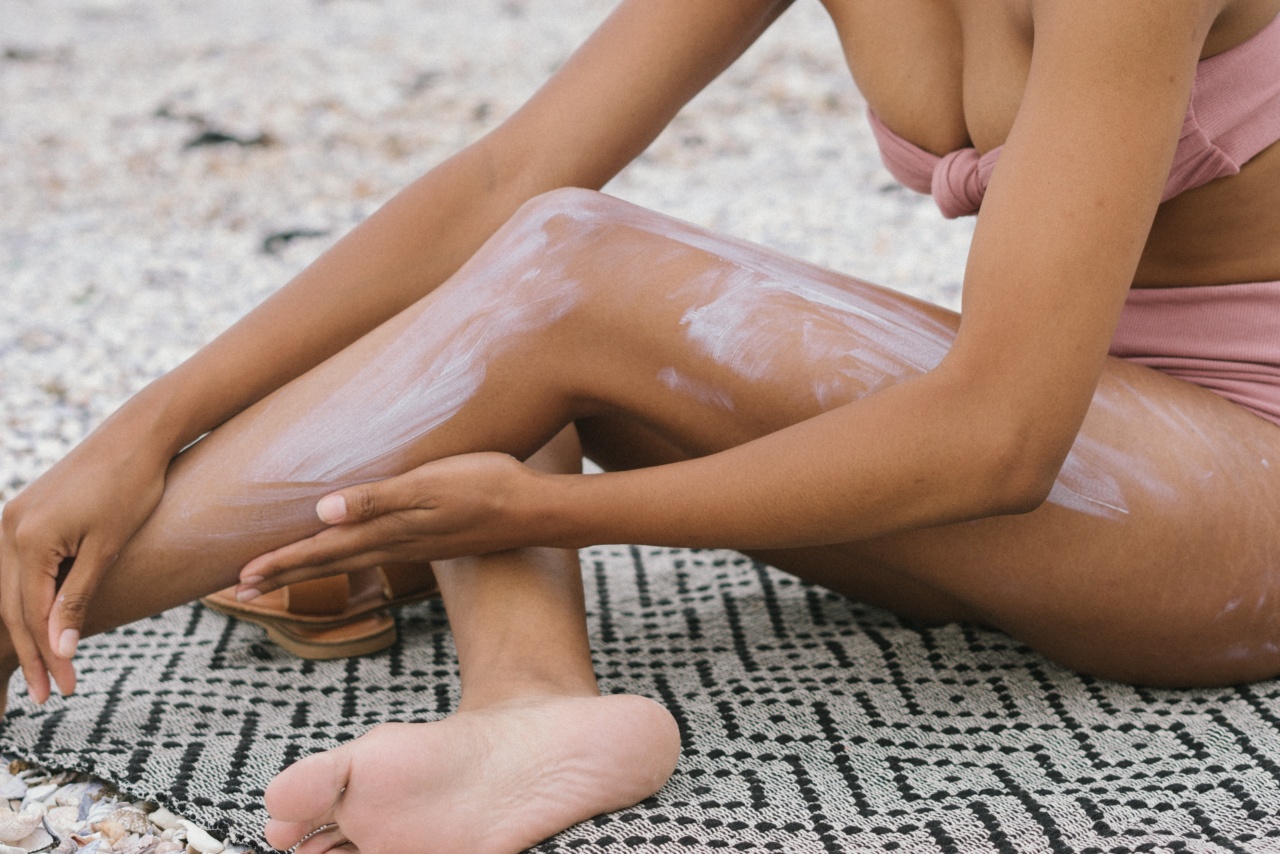When it comes to sun protection, sunscreen plays a crucial role in shielding our skin from harmful ultraviolet (UV) rays. However, finding the right sunscreen can be overwhelming with different types, SPF levels, and ingredients available in the market.
One important factor that often gets overlooked is matching the sunscreen with our phototype. Understanding our phototype can help us choose the most suitable sunscreen that provides adequate protection against sun damage.
In this article, we will explore the different phototypes and guide you on how to match your phototype needs with the right sunscreen.
What is Phototype?
Phototype refers to the genetic variation in our skin’s pigmentation and how it responds to sunlight exposure.
It is determined by the amount of melanin, the pigment responsible for giving color to our skin, hair, and eyes, present in our skin cells. There are six commonly recognized phototypes, ranging from very fair to very dark.
Understanding the Different Phototypes
Let’s delve into each phototype to understand their characteristics, sun sensitivity, and recommended sun protection:.
Phototype I: Very Fair Skin
People with phototype I typically have very fair skin, often accompanied by freckles, red or blonde hair, and light-colored eyes. Their skin usually burns easily and rarely tans.
The sun sensitivity of phototype I individuals is extremely high, and they are at the highest risk of developing skin cancer and sunburns.
Recommended Sunscreen for Phototype I:
For individuals with phototype I, a broad-spectrum sunscreen with a high Sun Protection Factor (SPF) of 30 or above is recommended. The sunscreen should offer both UVA and UVB protection.
Look for physical sunscreens with ingredients like zinc oxide or titanium dioxide, as they provide a physical barrier against UV rays. Additionally, consider using sunscreens that are water-resistant and reapply frequently, especially after swimming or excessive sweating.
Phototype II: Fair Skin
People with phototype II have fair skin that usually burns easily and tans minimally. They may have light-colored hair and light eyes. While their sun sensitivity is high, it is slightly lower compared to phototype I individuals.
Recommended Sunscreen for Phototype II:
Phototype II individuals should also opt for a broad-spectrum sunscreen with an SPF of 30 or higher. Similar to phototype I, physical sunscreens with zinc oxide or titanium dioxide offer excellent protection.
It’s crucial for those with phototype II to apply sunscreen generously and regularly, especially when spending time outdoors.
Phototype III: Light to Medium Skin
Those with phototype III have light to medium skin tones that usually burn moderately and tan gradually. Hair color can range from light to dark, and eye color can be varied.
Phototype III individuals have a moderate risk of developing sunburns and skin cancer.
Recommended Sunscreen for Phototype III:
Individuals with phototype III can follow the same guidelines as phototype I and II. Choose a broad-spectrum sunscreen with an SPF of 30 or higher, applying it generously to all exposed areas of the body.
Reapplication is essential, especially after sweating or being in water for an extended period.
Phototype IV: Medium Skin
Phototype IV individuals have medium skin tones that rarely burn and tan easily. They typically have dark hair and eyes. While their risk of sunburns is relatively low, they are still prone to developing skin cancer.
Recommended Sunscreen for Phototype IV:
For individuals with phototype IV, a broad-spectrum sunscreen with an SPF of 15 or higher is suitable. However, opting for an SPF of 30 or higher is always better for enhanced protection against the harmful effects of UV rays.
Reapplication is crucial, especially during extended sun exposure.
Phototype V: Dark Brown Skin
People with phototype V usually have dark brown skin that rarely burns and tans easily. Their hair is typically dark, and they have dark eyes.
Despite having a lower risk of sunburns, phototype V individuals are still susceptible to skin cancer and other sun-related skin damages.
Recommended Sunscreen for Phototype V:
For phototype V individuals, a broad-spectrum sunscreen with an SPF of 15 or higher is recommended for daily use. It’s essential to pay attention to sun-exposed areas like the face, neck, arms, and legs.
Additionally, wearing protective clothing and seeking shade whenever possible is advisable.
Phototype VI: Very Dark Skin
Phototype VI individuals have very dark skin that rarely burns and tans easily. They usually have dark hair and eyes.
Although the risk of sunburns is minimal for phototype VI, skin cancer can still occur, particularly in areas not typically exposed to sunlight.
Recommended Sunscreen for Phototype VI:
Similar to phototype V, individuals with phototype VI should use a broad-spectrum sunscreen with an SPF of 15 or higher for daily use.
Although sunscreen is vital for added protection, other sun-protective measures such as wearing wide-brimmed hats, sunglasses, and seeking shade are equally important.
Conclusion
Matching your phototype needs with the right sunscreen is crucial for effective sun protection.
By understanding your phototype and following the recommendations for sunscreens mentioned above, you can reduce the risk of sunburns, premature aging, and skin cancer. Remember to not just rely on sunscreen alone, but also incorporate other sun-protective measures into your daily routine. Stay safe and enjoy the sun responsibly!.























